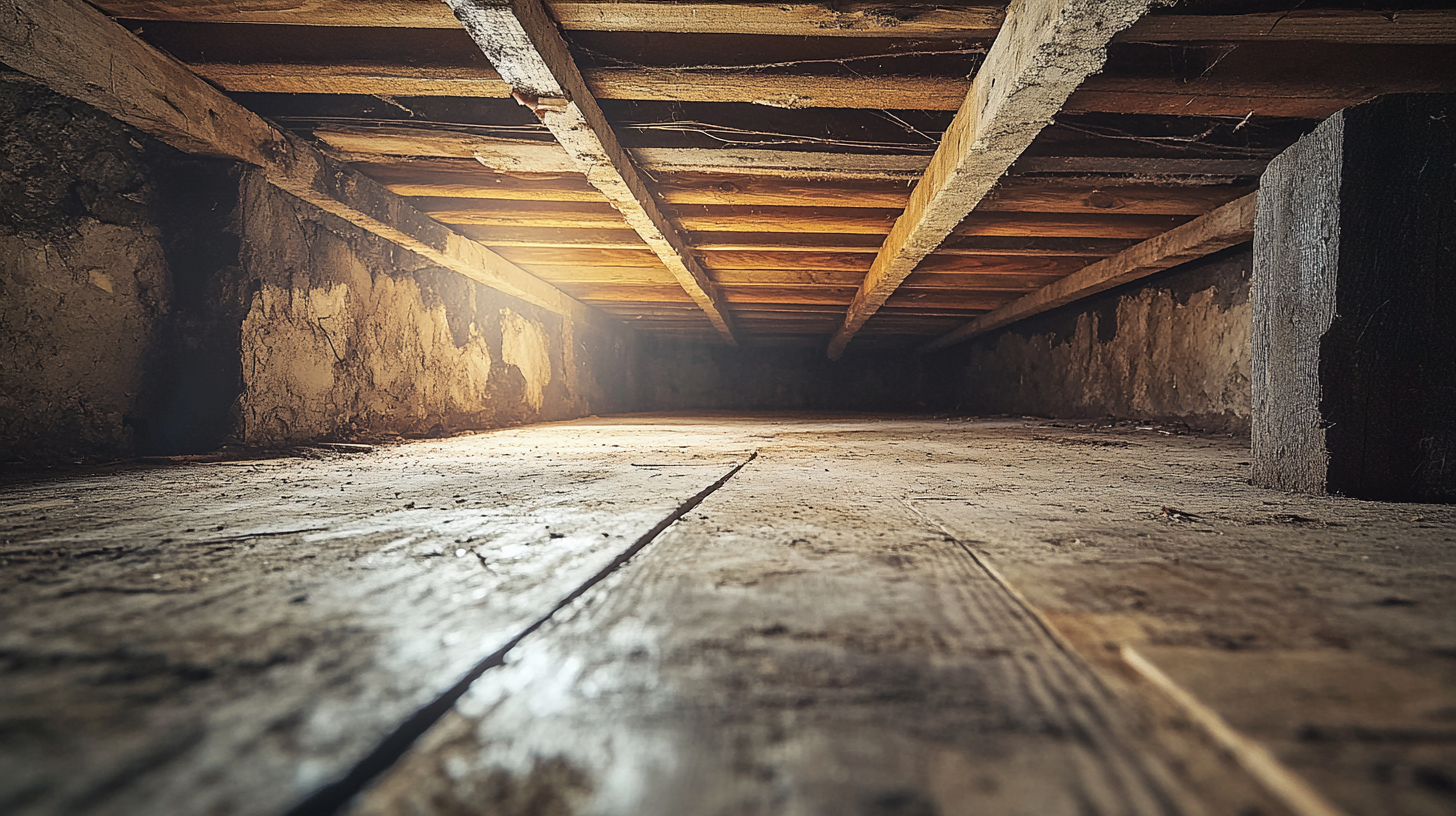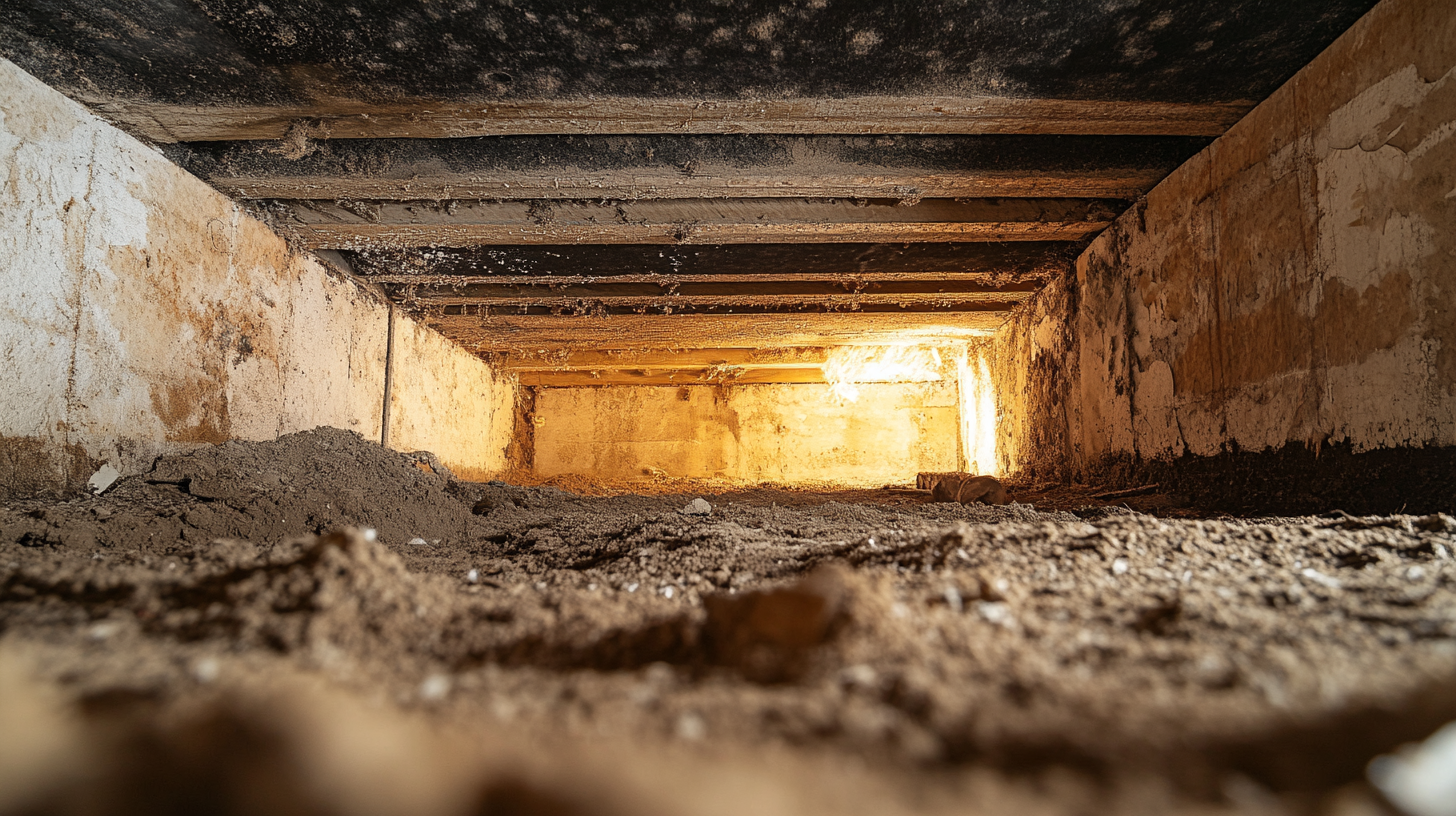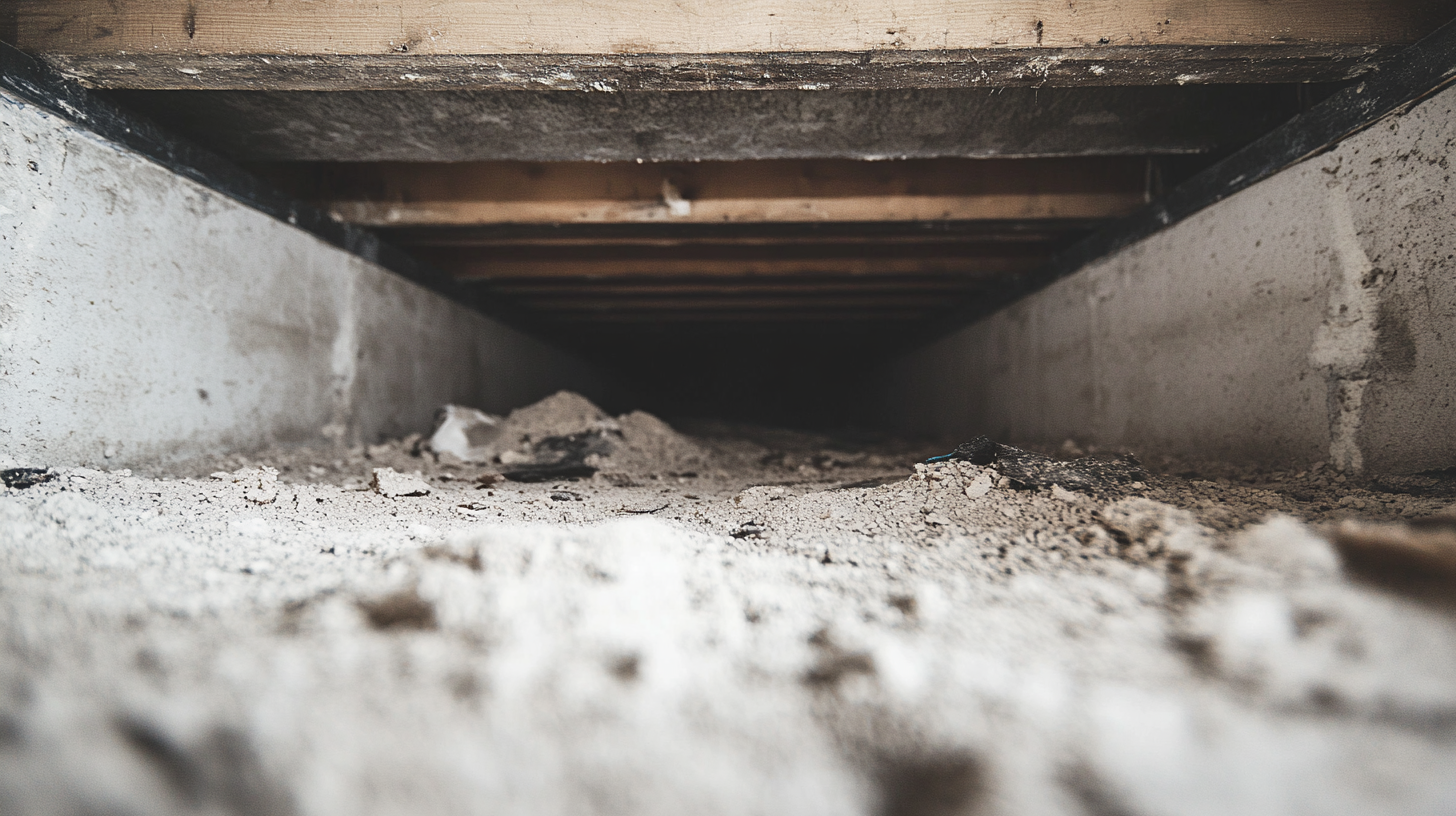Locally owned and operated.
Call Us Anytime: +1 843-304-6615
CLEANING & RESTORATION
24/7 Emergency Services:
Call us at 843-305-3383
Locally owned and operated.
Call Us Anytime: 843-305-3383
CLEANING & RESTORATION
24/7 Emergency Services:
Call us at 843-305-3383
Innovative Technologies in Fire Damage Detection and Assessment

Timely and accurate detection and assessment of fire damage are crucial for homeowners facing the aftermath of a fire. Swift action can significantly mitigate the extent of damage, prevent further deterioration, and expedite the recovery process. Accurate assessments ensure that all damages are thoroughly identified and addressed, which is essential for effective repairs and full insurance compensation.
Delays or inaccuracies in the assessment can lead to prolonged recovery times, increased costs, and potential safety hazards. By prioritizing prompt and precise evaluation, homeowners can protect their property, ensure safety, and facilitate a smoother restoration process. Understanding the critical nature of this initial step lays the foundation for successful recovery and rebuilding efforts.
Advanced Detection Systems
Smart Sensors
Types of Smart Sensors Smart sensors are an integral part of modern fire detection systems, providing advanced capabilities for early warning and comprehensive monitoring. Key types of smart sensors include:
- Smoke Sensors: Detect the presence of smoke particles in the air, signaling potential fire.
- Heat Sensors: Monitor temperature changes and detect abnormal increases that could indicate a fire.
- Gas Sensors: Identify dangerous levels of gases such as carbon monoxide, which may result from a fire.
Benefits of Multi-Sensor Systems Multi-sensor systems combine various types of sensors to provide a more robust and reliable fire detection solution. These systems offer several benefits:
- Comprehensive Detection: By monitoring multiple indicators of fire, such as smoke, heat, and gas, multi-sensor systems reduce the likelihood of false alarms and increase detection accuracy.
- Early Warning: The integration of different sensors allows for quicker detection of fire hazards, providing more time for evacuation and response.
Applications and Benefits Smart sensors are used in various settings to enhance fire safety:
- Real-Time Monitoring: Continuous monitoring of the environment allows for immediate detection and alerts, facilitating prompt action.
- Early Detection: Quick identification of fire hazards can prevent small incidents from escalating into large-scale disasters.
Case Studies:
- Residential Settings: In homes, smart sensors have been shown to significantly reduce fire-related damage by providing early warnings and enabling rapid response.
- Commercial Settings: In businesses, the use of multi-sensor systems has led to improved safety protocols and minimized operational disruptions during fire incidents.
Thermal Imaging
Principles of Thermal Imaging Thermal imaging technology detects heat patterns and temperature differences in objects, making it an effective tool for identifying fire hazards and damage. It operates on the principle that all objects emit infrared radiation based on their temperature, which can be captured and visualized using thermal cameras.
Uses in Fire Damage Detection Thermal imaging is invaluable in fire damage
assessment and prevention:
- Identifying Hotspots: It can detect areas with elevated temperatures that are not visible to the naked eye, helping to locate hidden fire sources.
- Assessing Damage: Thermal imaging helps in evaluating the extent of fire damage by identifying heat-affected areas and structural weaknesses.
Examples of Thermal Imaging:
- Residential Settings: Homeowners use thermal imaging cameras to inspect for potential fire risks and monitor areas prone to overheating.
- Commercial Settings: Businesses utilize thermal imaging to ensure safety in high-risk areas, such as warehouses and manufacturing plants, by regularly checking for overheating equipment or electrical faults.
By incorporating advanced detection systems like smart sensors and thermal imaging, homeowners and businesses can significantly enhance their fire safety measures, ensuring timely and accurate detection of fire hazards and reducing the risk of extensive damage.
Innovative Assessment Tools
Drones and UAVs
Technology Overview Drones and unmanned aerial vehicles (UAVs) have revolutionized the fire damage assessment process. These advanced tools offer aerial imaging and thermal scanning capabilities, providing a bird's-eye view of the affected areas. Drones are equipped with high-resolution cameras and thermal sensors, allowing for detailed visualization and heat detection in large or hard-to-reach areas.
Benefits and Applications The use of drones in fire damage assessment presents numerous benefits:
- Accessing Hard-to-Reach Areas: Drones can easily navigate areas that are difficult or dangerous for humans to access, such as rooftops, upper floors, and large properties.
- Comprehensive Aerial Views: They provide a wide-angle perspective of the damage, capturing the full extent of the fire’s impact.
- Post-Fire Damage Assessment: Drones are used to survey the aftermath of fires, providing crucial data for insurance claims and repair planning. For example, insurance companies use drone footage to expedite the claims process by quickly and accurately assessing the damage.
3D Laser Scanning
How 3D Laser Scanning Works 3D laser scanning technology captures detailed structural data by emitting laser beams and measuring the reflected pulses to create precise three-dimensional models. This method allows for the accurate representation of a structure's dimensions and conditions, making it an invaluable tool in fire damage assessment.
Applications in Fire Damage Assessment 3D laser scanning offers significant advantages in evaluating and documenting fire damage:
- Creating Accurate 3D Models: It generates highly detailed models of damaged structures, providing a comprehensive view of the affected areas. These models can be used for precise damage analysis and planning repair strategies.
- Precision and Detail: The high level of accuracy and detail obtained through laser scanning ensures that all structural damages are identified and documented. This precision is crucial for insurance purposes and for contractors to develop effective repair plans.
By leveraging innovative assessment tools like drones and 3D laser scanning, homeowners and professionals can conduct thorough and accurate fire damage evaluations. These technologies enhance the safety, efficiency, and accuracy of the assessment process, leading to better-informed decisions and more effective recovery efforts.
Data Analysis and Reporting
Artificial Intelligence and Machine Learning
Role of AI and ML Artificial Intelligence (AI) and Machine Learning (ML) are transforming fire damage assessment by enabling sophisticated data analysis. AI and ML algorithms can process vast amounts of fire damage data, identifying patterns and predicting outcomes with high accuracy. For instance, these technologies can analyze images from drones and sensors to assess the extent of the damage and estimate the cost of repairs. AI-driven predictive analytics also help in assessing the risk of future fires by evaluating factors such as material flammability and historical fire data.
Benefits The integration of AI and ML in fire damage assessment offers numerous benefits:
- Increased Accuracy: AI algorithms provide precise assessments by eliminating subjective biases and errors that human assessors might introduce.
- Speed: These technologies can rapidly analyze data and generate reports, significantly speeding up the assessment process.
- Enhanced Decision-Making: By providing detailed insights and predictive analytics, AI and ML enhance the decision-making processes for homeowners, insurers, and repair contractors.
Cloud-Based Platforms
Technology Overview Cloud-based platforms have become essential in modern fire damage assessment and reporting. These platforms offer robust features such as data storage, sharing, and real-time collaboration, facilitating seamless communication among all stakeholders involved in the assessment process. They provide a centralized repository for all assessment-related documents, images, and reports, accessible from anywhere at any time.
Applications and Benefits The use of cloud-based platforms streamlines the fire damage assessment process and improves data accessibility:
- Streamlining Assessment Process: Cloud platforms enable efficient organization and retrieval of data, making the assessment process more efficient and less time-consuming.
- Improving Data Accessibility: Stakeholders, including homeowners, insurance adjusters, and contractors, can access and share data in real-time, ensuring everyone is on the same page.
- Case Studies: Numerous implementations of cloud-based platforms in fire damage assessment have shown improved coordination and faster resolution times. For example, insurers using cloud platforms can quickly review and approve claims, while contractors can access up-to-date damage reports to plan repairs more effectively.
By leveraging AI, ML, and cloud-based platforms, the fire damage assessment process becomes more accurate, efficient, and collaborative, ultimately leading to better outcomes for all involved.
Enhancing Fire Safety and Prevention
IoT Integration
IoT in Fire Safety The Internet of Things (IoT) plays a pivotal role in modern fire safety by enabling continuous monitoring and real-time alerts through interconnected devices. IoT-enabled fire safety devices include smart smoke detectors, heat sensors, and gas detectors, which communicate with each other and central control systems to provide comprehensive fire protection. These devices continuously collect data, monitor environmental conditions, and alert homeowners and emergency services at the first sign of a fire hazard.
Benefits The integration of IoT in fire safety offers several key benefits:
- Real-Time Data Collection: IoT devices provide continuous monitoring and instant data transmission, ensuring that any changes in the environment are detected immediately.
- Automated Response Systems: Automated systems can trigger fire suppression measures and alert emergency responders without human intervention, reducing response times and potentially saving lives and property.
- Enhanced Communication: Devices can communicate with each other and with central control systems to provide a coordinated response to fire hazards. This proactive approach to fire prevention ensures that potential issues are addressed before they escalate.
Predictive Maintenance
Predictive Analytics for Fire Prevention Predictive maintenance leverages data and advanced analytics to foresee potential fire hazards before they occur. By analyzing historical data and current conditions, predictive maintenance systems can identify patterns and anomalies that indicate increased fire risk. Technologies involved in these systems include machine learning algorithms, sensors, and data analytics platforms.
Applications and Benefits Predictive maintenance is used to prevent fire incidents through early detection of risk factors such as overheating equipment, electrical faults, and wear and tear in fire safety systems. Applications include monitoring industrial machinery, electrical systems in commercial buildings, and residential heating systems.
The benefits of predictive maintenance are substantial:
- Early Detection: Identifying potential hazards before they result in fire incidents helps prevent damage and ensures safety.
- Cost Savings: By addressing issues proactively, predictive maintenance reduces repair costs and downtime associated with fire damage.
- Enhanced Safety: Continuous monitoring and early intervention reduce the risk of fire, protecting lives and property.
Case Studies Several case studies demonstrate the effectiveness of predictive maintenance in fire prevention. For instance, industrial facilities using predictive analytics have significantly reduced incidents of machinery overheating and electrical fires, leading to safer operations and lower maintenance costs. In residential settings, smart home systems that incorporate predictive maintenance technologies have successfully identified and mitigated fire risks, providing peace of mind to homeowners.
By integrating IoT technologies and predictive maintenance strategies, homeowners and businesses can enhance fire safety and prevention, ensuring a safer environment through proactive measures and real-time monitoring.
Case Studies and Real-World Applications
Residential Applications
Case Study 1: Implementation of Smart Sensors and Thermal Imaging in a Residential Building In a recent residential building project, smart sensors and thermal imaging technology were implemented to enhance fire safety and damage assessment capabilities. The smart sensors, including smoke, heat, and gas detectors, were strategically placed throughout the building to provide continuous monitoring and real-time alerts. Thermal imaging cameras were used to regularly inspect the building for hotspots and potential fire hazards.
Results and Benefits Observed The integration of these technologies resulted in several key benefits:
- Early Detection: The smart sensors detected smoke from a minor kitchen fire, allowing for a quick response that prevented significant damage.
- Thorough Assessments: Thermal imaging identified an electrical fault in the wiring, which was repaired before it could cause a fire.
- Increased Safety: Overall, the residents experienced enhanced safety and peace of mind, knowing that advanced technologies were actively monitoring their environment.
Case Study 2: Use of Drones for Post-Fire Assessment in a Residential Area Following a wildfire that affected a residential area, drones equipped with high-resolution cameras and thermal sensors were deployed to assess the extent of the damage. The drones provided aerial views and thermal imaging data, which were crucial for evaluating both visible and hidden damage.
Insights Gained from the Assessment Process
- Comprehensive Coverage: Drones were able to survey large areas quickly, capturing detailed images of the damage to rooftops, structures, and vegetation.
- Identifying Hotspots: Thermal imaging helped identify residual hotspots that posed a risk of reignition, allowing firefighters to address these areas promptly.
- Efficient Documentation: The aerial footage and thermal data were used to create detailed reports for insurance claims and repair planning, streamlining the recovery process for homeowners.
Commercial and Industrial Applications
Case Study 1: Application of 3D Laser Scanning in a Commercial Building After a Fire Incident After a fire incident in a commercial building, 3D laser scanning technology was employed to assess the damage. The laser scanners captured precise measurements and detailed 3D models of the structure, highlighting areas that were compromised by the fire.
Outcomes and Advantages of Using Advanced Assessment Tools
- Accurate Damage Assessment: The 3D models provided an accurate representation of the damage, ensuring that all structural issues were identified.
- Detailed Repair Plans: Contractors used the detailed models to plan and execute repairs more effectively, reducing the overall restoration time.
- Enhanced Documentation: The comprehensive data collected through laser scanning facilitated smoother interactions with insurance companies, leading to quicker claims approvals.
Case Study 2: Integration of IoT Devices and Cloud-Based Platforms in an Industrial
Setting In an industrial setting, the integration of IoT devices and cloud-based platforms transformed fire safety and damage assessment processes. IoT-enabled sensors monitored environmental conditions and equipment status in real-time, while the cloud platform facilitated data storage, sharing, and collaboration.
Impact on Fire Safety and Damage Assessment Efficiency
- Proactive Fire Prevention: Real-time monitoring allowed for immediate detection of anomalies, such as overheating equipment, which could lead to fires.
- Efficient Data Management: The cloud platform enabled seamless data sharing among different teams, improving coordination during fire safety inspections and post-incident assessments.
- Improved Response Times: Automated alerts and data analytics provided actionable insights that helped in making informed decisions quickly, thereby enhancing overall safety and reducing downtime.
These case studies illustrate how advanced technologies such as smart sensors, thermal imaging, drones, 3D laser scanning, IoT devices, and cloud-based platforms can significantly enhance fire safety and damage assessment in both residential and commercial settings. By leveraging these innovations, property owners and managers can achieve more accurate, efficient, and effective fire prevention and recovery strategies.
FAQs
-
What are smart sensors?
Smart sensors are advanced devices used for fire detection, including smoke, heat, and gas sensors. They provide real-time monitoring and early alerts for potential fire hazards, enhancing safety through continuous data collection and automated responses.
-
How do drones assist assessments?
Drones equipped with high-resolution cameras and thermal sensors are used in fire damage assessment to access hard-to-reach areas, provide comprehensive aerial views, and detect hidden hotspots, thereby improving the accuracy and efficiency of the evaluation process.
-
What is 3D laser scanning?
3D laser scanning involves using laser beams to capture detailed structural data and create precise three-dimensional models of damaged buildings. This technology helps in accurate damage assessment and detailed repair planning.
-
Why use cloud-based platforms?
Cloud-based platforms facilitate fire damage assessment by offering data storage, sharing, and real-time collaboration features. They streamline the assessment process and improve data accessibility, enabling efficient coordination among all stakeholders.
-
How do AI and ML help?
Artificial Intelligence (AI) and Machine Learning (ML) analyze fire damage data, providing predictive analytics to assess risk and extent of damage. These technologies increase the accuracy and speed of damage assessments while reducing human error and enhancing decision-making processes.
Contact Fast Response Cleaning & Restoration Today!
Fast Response Cleaning & Restoration will do everything we can to ensure your experience with us is excellent.
Request A FREE Estimate
Request A FREE Estimate Form
We will get back to you as soon as possible.
Please try again later.
CHECKOUT RECENT POST



Have an Emergency? We're Here to Help!
When it comes to disaster cleanup, we are a seasoned veteran in the industry and have helped hundreds of property owners just like you.
Our disaster recovery teams are available 24-7 to quickly clean up and repair disasters of all types.

We're looking forward to providing you with our outstanding services!
COMPANY INFO
ADDRESS: 307 Cold Creek Pass, Bluffton, SC, 29910, United States
EMAIL: office@fastresponsecr.com
PHONE: 843-305-3383
OFFICE: 843-304-6615
HOURS
SUNDAY: Open 24 Hours
MONDAY: Open 24 Hours
TUESDAY: Open 24 Hours
WEDNESDAY: Open 24 Hours
THURSDAY: Open 24 Hours
FRIDAY: Open 24 Hours
SATURDAY: Open 24 Hours
Copyright © 2021 Fast Response Cleaning & Restoration
Fast Response Cleaning and Restoration FL | Sitemap | Privacy Policy